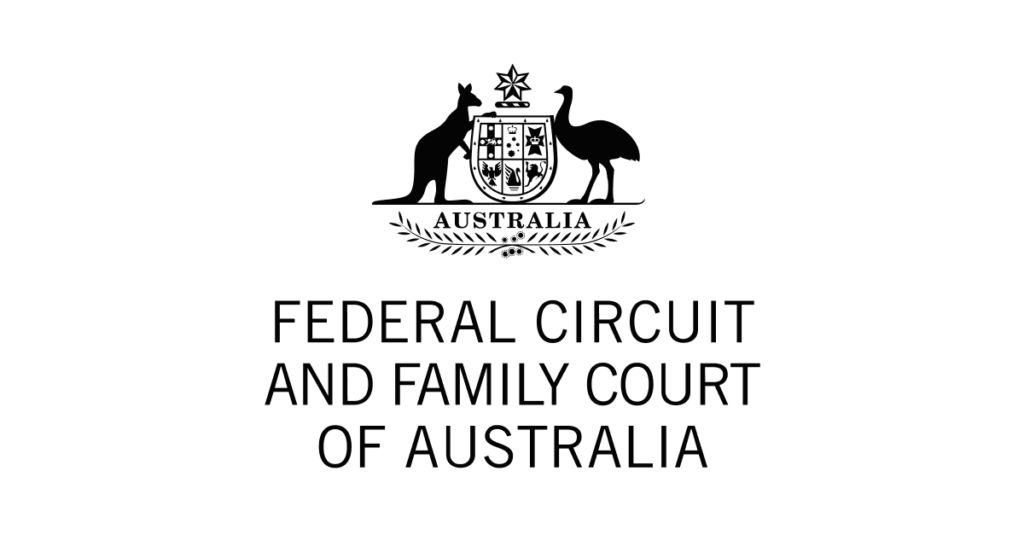So you’ve filed your application in the Federal Circuit and Family Court of Australia for children’s orders or property settlement orders, what do you do next?
When a person starts family law proceedings, he or she must serve the application by hand on the other person. Service by hand, also called personal service, means that the documents must be handed personally to the person named as the other party. While it doesn’t technically need to be placed in their hand, they must at the very least be made aware of the documents personally, sometimes by placement, when the other side does not wish to be served.
If there is more than one other party, the documents must be served personally on each person. When serving someone with documents personally, someone must give the documents to them. If the other party does not take the documents, the server can put the documents down in their presence and tell them what the documents are.
What happens if the process server can’t serve the other person, because they’re avoiding being served? There a many ways to deal with this situation. After reasonable efforts have been made to bring the documents to the attention of the other side, there are two directions you may wish to take your matter, both of which involve making an application to the Court. You can seek an order from the Court for ‘substituted service’ or alternatively for ‘dispensation of service’.
Substituted service is a method to progress your matter when the other side is avoiding service, yet there are circumstances to suggest an alternate method of forwarding the document will most likely bring them to the attention of the other person. The order made in the end could say that service is to be effected by posting the document in combination with emailing the documents and leaving a copy of the documents at the address. For the court to make this type of order, you will usually need to have attempted to personally serve a number of times, in combination with potentially attempts to call, text or email the other side. The efforts of the attempts to serve are then detailed in an affidavit of attempted service which supports you application to the court.
Dispensation of service is another method by which the Court may allow your matter to go forward, where you are unable to serve the other person. While this option is available to the court to make orders, it is more commonly applied in divorce matters, than family law. This is because family law usually involves more significant circumstances such as the care and custody of children and apportionment of assets from a matrimonial pool, when a relationship has broken down. Dispensation of service involves the Court making an order that the need for personal service is dispensed with. Circumstances which may support this type of order being made are usually along the lines of the other person is demonstrating little interest in the matter, nor the outcome of the matter. Once again, for the Court to make an order for dispensation of service, you must demonstrate to the Court in an affidavit the attempts you’ve made to personally serve the other person and the results of those attempts.
More information about Substituted service and Dispensation of service is available on the Federal Circuit and Family Court of Australia website on the page ‘How do I serve family law documents?’ and ‘Are you having trouble serving your divorce application?’
If service goes as expected, with the third party or process server being able to effect the service and possibly obtain a signed acknowledgment of service, the person serving the documents must complete and swear and Affidavit of Service in the approved form of the court. The completed and sworn affidavit should be scanned and uploaded in the Commonwealth Court Portal. If a process server has performed the service of your matter, it is usual that they will email you a pdf copy of the sworn affidavit ready to upload.
If you’re ready to proceed to serving your documents, please follow our Step-by-Step guide to serve family documents.




